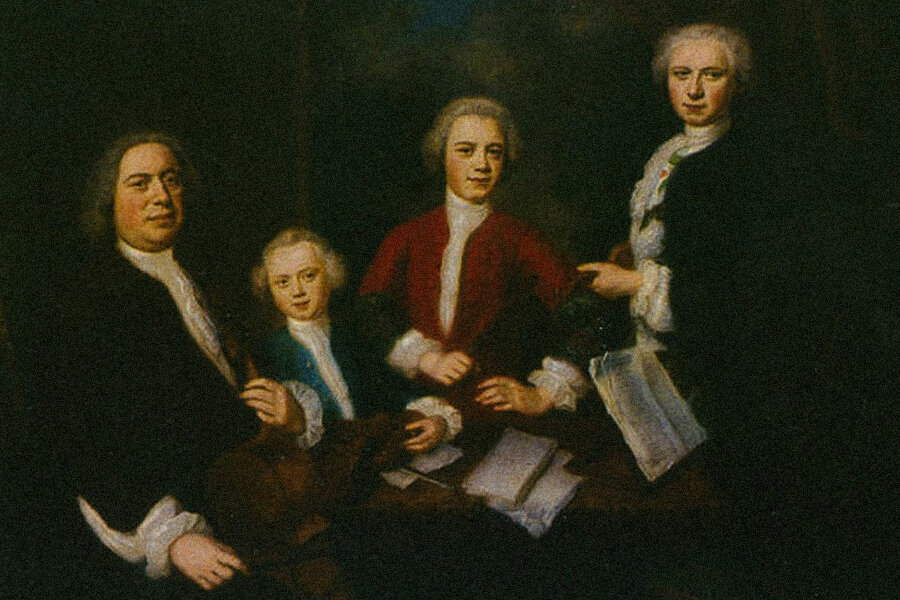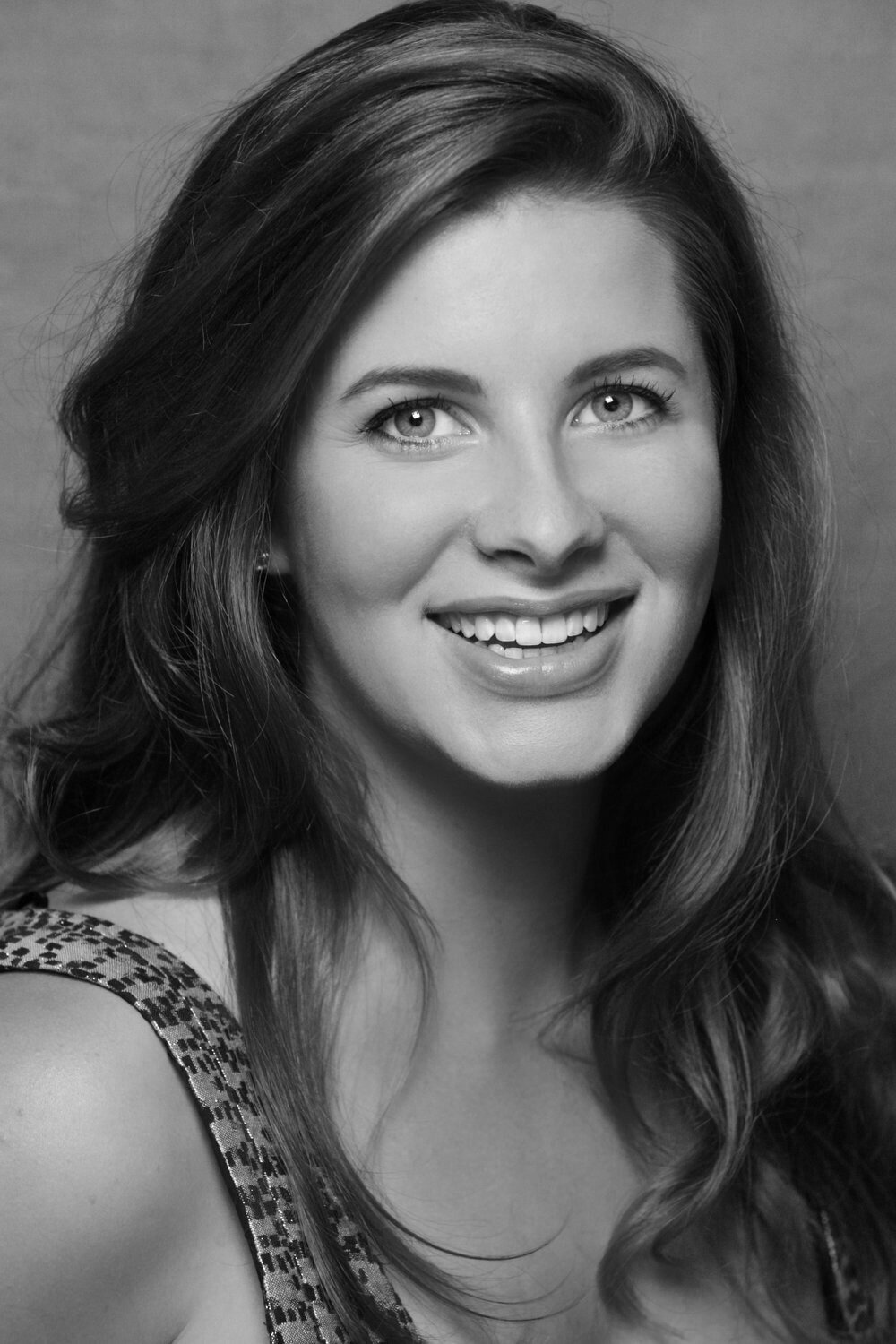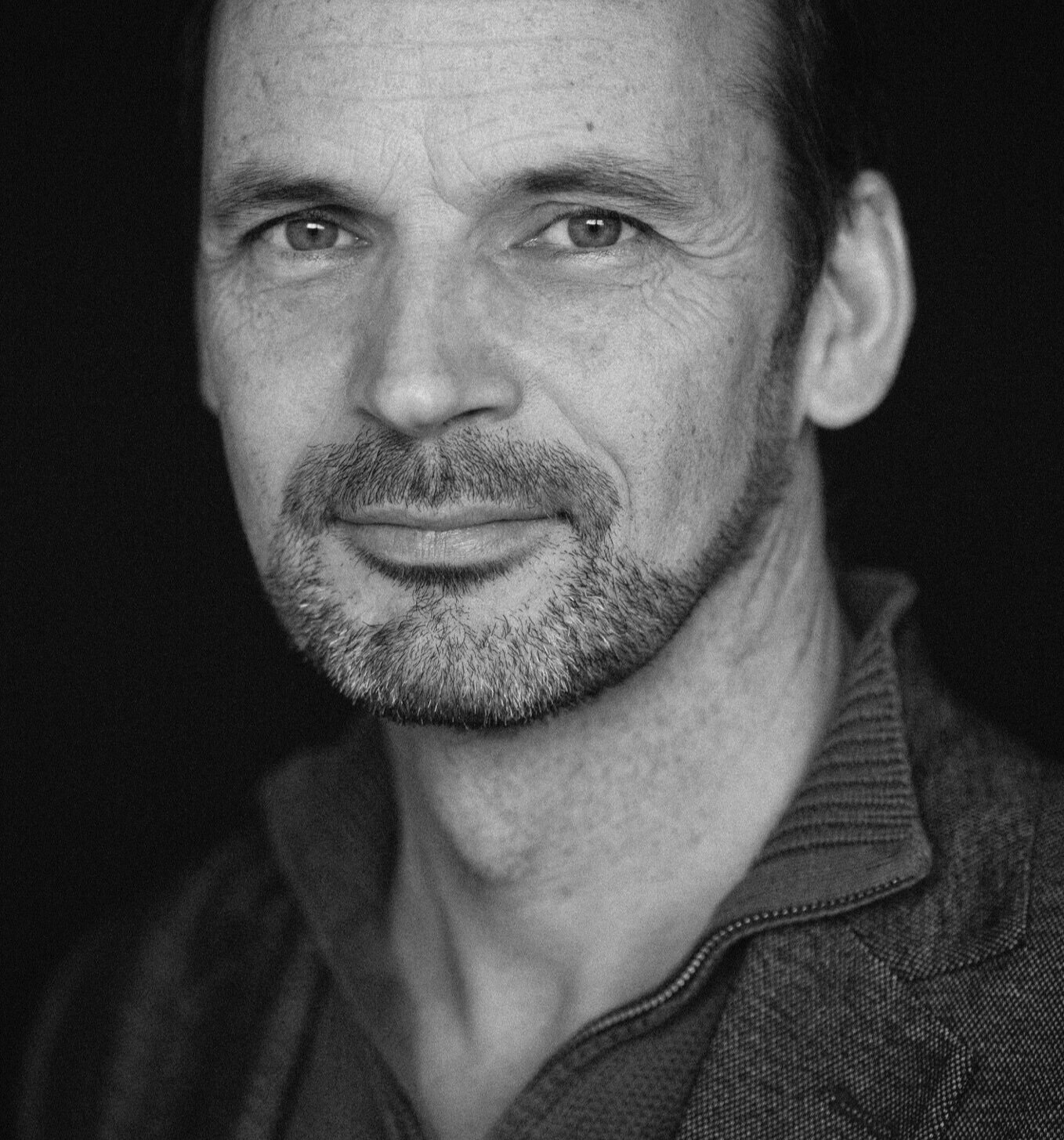J.S. Bach wrote Cantata 12 Weinen, Klagen, Sorgen, Zagen (Weeping, wailing, fretting, fearing) for the third Sunday after Easter, while working in Weimar in 1714. Even though that Sunday is called “Jubilate” in the church year, all the cantatas Bach wrote for this particular Sunday contain a lot of sorrow and grief. This makes sense when we look at the Gospel reading for that day. It is one of the so-called Farewell Discourses Jesus gave to his disciples in the weeks before he was arrested and crucified. Jesus told his twelve disciples that they would experience sorrow and tribulations, but that their grief would not be of long duration (only a “little while”) and that it would turn into joy. (John 16:16-23).
In almost every movement of this cantata, Bach shows that there is no solace without sorrow, and he illustrates how the two themes are connected. For the full German text of this cantata with English translations, please visit this website.
Bach sets the cantata’s second movement for chorus; You might recognize this music: it would later become “Crucifixus” in his Mass in B Minor. Bach chooses a standard tool of Baroque composers to illustrate a lament, whether in an opera or an oratorio: a chaconne or passacaglia with a repeating “walking” bass motive. Earlier examples of this are Dido’s Lament by Purcell and Lamento della Ninfa by Monteverdi. Bach repeats the lamento bass exactly twelve times, and builds all the dissonant lines of the “Weinen” (weeping) and “Klagen” (complaining) on top of that.
German Bach researcher Michael Maul (see the note at the end of this article) believes that Bach uses the number 12 on purpose. He thinks Bach must have wanted the voices in this choral piece to represent the twelve disciples from the Gospel story, which occurs before Judas’s betrayal and the crucifixion. In his podcast Maul also states that he doesn’t know if there exists a better lament in choral literature than the chorus of this cantata.
The alto recitative is a direct quote from another part of the Bible, Acts 14:22: “We must go through many hardships to enter the kingdom of God.” It is only seven measures long, but in those seven measures Bach expresses everything he wants to say in this cantata. Above the alto’s lament in the sorrowful key of C-Minor, the first violins play an upward scale in the optimistic key of C-Major, providing an ascent to Heaven and thus illustrating the words “enter the kingdom of God.”
British conductor John Eliot Gardiner points out that the entire cantata can be seen as an ascent to Heaven, or an “escape ladder” as he calls it, because each movement is a third higher than the preceding one.
In the alto aria Bach and his librettist explain that Kreuz und Krone (Cross and Crown) are connected, as are Kampf und Kleinod (Conflict and Jewel). Of course here the Cross and the Conflict are symbols of the present life with its tribulations and sorrows, while the Crown and the Jewel are symbols of the future life in which the disciples will see Jesus again.
Dutch Bach researcher Eduard van Hengel explains that after the “instructional” statement in both alto solos, it seems that Bach uses the bass aria to show the “exemplary believer” who has understood the message and who confirms that he will follow Jesus: “Ich folge Christo nach.” Bach beautifully paints this image of the believer following in Jesus’ footsteps by four voices repeating each other: the two violins, the continuo, and the bass soloist.
And what about those first six notes, on the syllables Ich - fol - ge - Chri - sto - nach? Those are the same six first notes of the closing chorale: Was - Gott - tut - das - ist - wohl. And that is of course not a coincidence. At the end of the aria, when Bach sets the words “Ich folge Christo nach” one final time, the jump in the vocal line is one note more than an octave. Van Hengel thinks that in writing it like this, Bach wants to remind the listeners/believers of the upward scale of the first violins in the alto recitative, and thus make them understand that by following Jesus, they will reach the kingdom of God.
In the tenor aria, Bach again shows there is a connection between sorrow and solace. The tortuous vocal line (written for a star singer at the Weimar court*) can be seen as an illustration of how difficult it can be to remain steadfast under provocation. In the text of this aria, there are strong references to Jesus’ promise to the disciples that it would only be “a little while” until they see him again. Bach then adds the chorale Jesu, meine Freude to this aria. The chorale appears only in the instrumental accompaniment**, not in words, but the church-goers in Weimar would have heard the words in their head:
Jesu, meine Freude,
Jesus, my joy,
Meines Herzens Weide,
My heart's delight
Jesu, meine Zier,
Jesus, my treasure
Ach wie lang, ach lange
Ah how long,ah how long
Ist dem Herzen bange
must my heart be anxious
Und verlangt nach dir!
And full of longing for you!
Gottes Lamm, mein Bräutigam,
Lamb of God, my bridegroom
Außer dir soll mir auf Erden,
Besides you there is in on earth
Nichts sonst Liebers werden.
Nothing else that is dearer to me.
It is likely that Bach offers this chorale to remind the listener of the promise and hope of seeing Jesus again. John Eliot Gardiner takes it a bit further. Continuing his theme of the “escape ladder,” he suggests that the believer is now standing “on the last rung of the ladder” and needs a bit of help. In his view, the chorale should thus be seen as “an outstretched hand.” No matter what Bach meant with it, and no matter if you hear the words of the chorale in your head or not, the result of this clever combination is the best kind of consolation in the form of music, and simply a gorgeous composition.
This article was written by Wieneke Gorter, helped by John Eliot Gardiner’s notes from when he performed this cantata during his Bach Pilgrimage Tour in 2000, Eduard van Hengel’s Dutch Bach cantata website, and a German-language podcast by Michael Maul, who is one of Germany’s top Bach researchers of today.
*According to Michael Maul, the star tenor at the Weimar court as of 1705 was Andreas Aiblinger, a former monk from a prestigious Catholic abbey outside of Vienna, who also sang at the Opera in Vienna and in the city’s churches. He left the abbey presumably to go on a pilgrimage to Rome but ended up in Weimar. There he was converted to Lutheranism at the court chapel, and immediately thereafter entered into the Duke’s employment as secretary and singer, earning a similar salary as Bach himself.
**Bach wrote this part for a special kind of slide trumpet, but in our workshop, it will be played on violin.

















